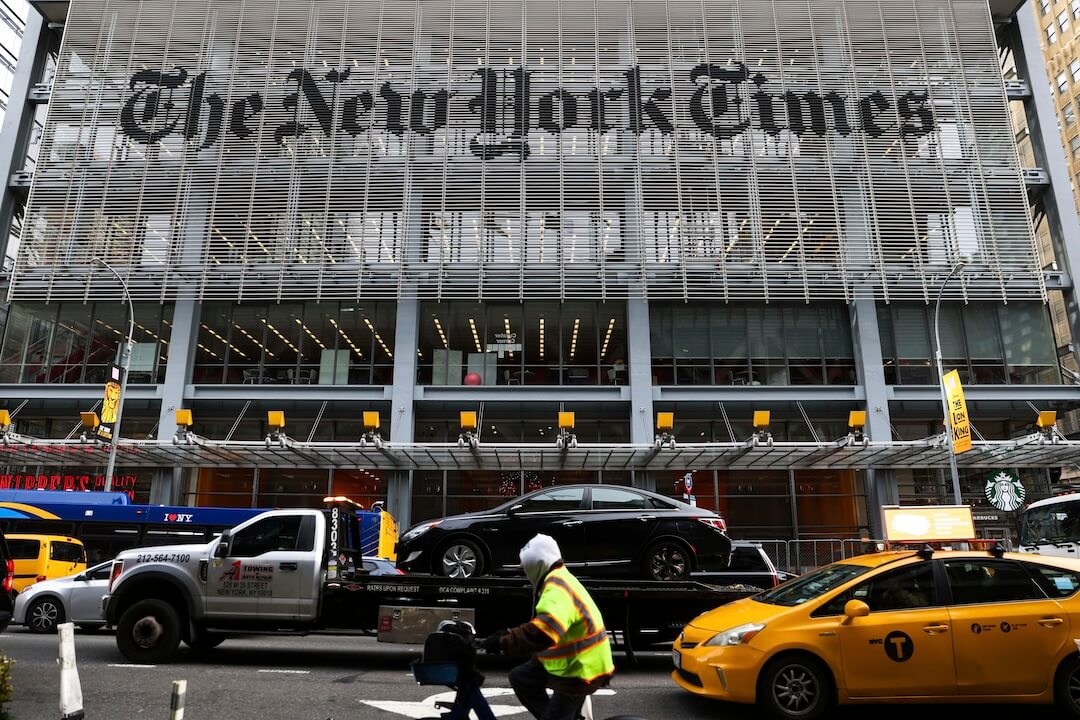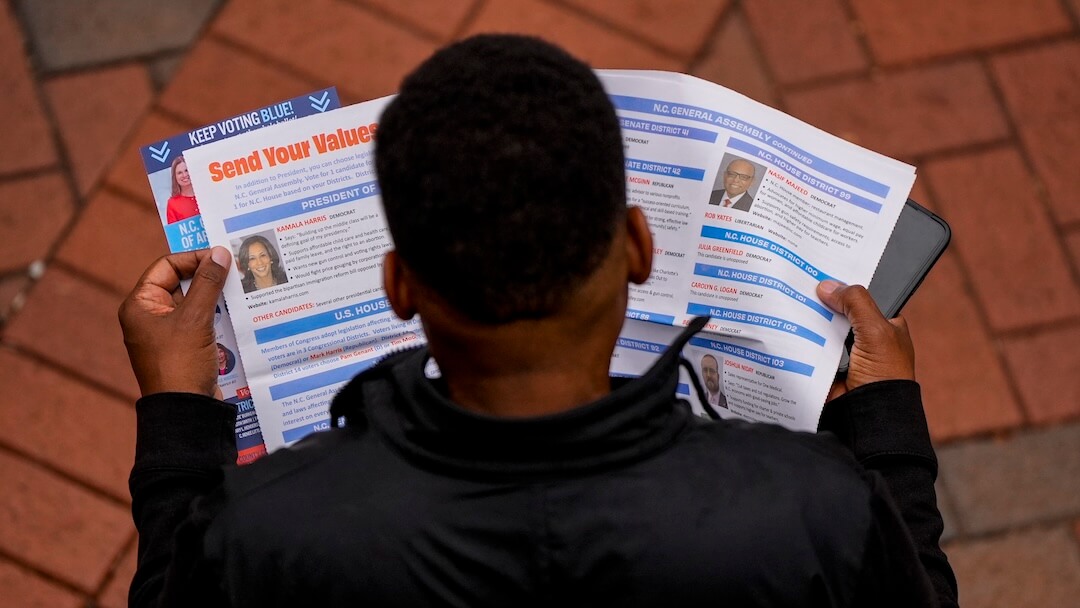I have a confession to make: I recently turned off all push notifications on my phone.
My reason for doing so was simple: When breaking news happened, my phone buzzed like a gnat. Not just one time — but several times because I have several news apps installed on my phone. Each news organization pushed variants of the same information every time breaking news happened. As a result, I found myself overwhelmed and swatting my phone away every time breaking news happened.
But what if push notifications could become much more nuanced? I recently followed this lengthy Twitter conversation between Dan Nguyen, a lecturer at Stanford, and several others in the news business. The conversation veered and shifted, as Twitter conversations tend to do, but this particular thread about more granular notifications caught my eye.
I’m not sure I would want to receive notifications from a news organization every time an article was updated or changed. (In fact, I’m pretty sure I wouldn’t.) But I might sign up to receive twice-a-month notifications from Rachel Shorey, who writes a delightful newsletter about prime numbers. If Rachel sent me a short fact or two via text interspersed with her longer emailed newsletter, I would be thrilled. (But I’m not sure I’d want them more than twice a month…)
I see authors and politicians experimenting in this space more than journalists. Comic book writer Kelly Sue DeConnick already sends personalized group text messages to fans on a regular basis. (Hillary Clinton also live-texted supporters during a recent Republican debate.)
The idea of events-based push notifications are appealing, particularly if they could be personalized even more. Imagine the following: the World Cup is taking place and you can sign up for push notifications from the sports columnists in each team’s location….as well as a historian who will put the events in context…or maybe a guide who will explain the ins and outs of soccer, in real time. Or maybe you could send a text message comment to a news organization, who might send out your comment to other followers as a push notification — creating an incentive to leave better comments as well as another platform for audience interactions.
It could be easier to follow than the Twitter firehose during a live event and more personal than following a group live stream on Twitch or Periscope. And it’s something I hope to see develop more in 2016, which I’m calling: The Year Of the Push Back Notification. Meaning: it’s time to offer readers something other than one-way headlines and communication. Below, some other ideas for the future of the push. I’d love to see yours in the comments.
- Geofence the push: The city of New York sends out geofenced push notifications to people in specific neighborhoods, when specific events happen. I would sign up for push notifications from a nationwide network of news organizations — like say, all of public media — on a road trip. Send me a push and a story when I get to your town. Maybe something like the push version of WUNC’s excellent guide for new residents.
- Upvote the push: I would be more incentivized to participate in a comment section if my comment had the chance to be pushed out to other readers. Could comments be pushed? Could an entire interview? How long is too long? I’d love to see news organizations experiment with length. (Could you tell an entire story via push? Could web extras be push-only?)
- Push people together: I would happily sign up for push notifications for a news organization which routinely told me to go to different locations to meet other people who also received the push.
- Push personas: How might a push change if we considered different frameworks? Imagine the push as trusted advisor – a financial website sending out savings tips, for example, or an exercise vertical sending out daily workout routines. Or maybe the push is a community builder or humorous distraction or the informant you can rely on so that you have something to talk about at the water cooler.
- Push based on activity: Perhaps a push notification sounds or feels different if I’m in a car versus. on foot vs. seated. How might a push change if I haven’t picked up my phone in an hour versus if I’m clearly on the phone? Could the message be different based on the temperature of the phone? Think Waze, but as a push.
If 2015 was the year of the podcast or the newsletter, 2016 could certainly be the year for the push. I would love to see what you think in the comments.






